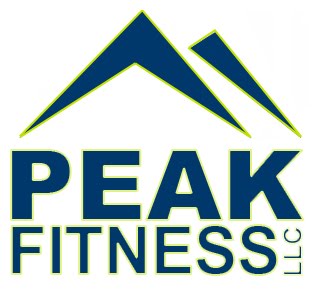 “Plank routines are dull, unsexy, and the audience hates them” is gist of the response I once received from an editor when pitching an article on abdominal training—though this guy may disagree.
“Plank routines are dull, unsexy, and the audience hates them” is gist of the response I once received from an editor when pitching an article on abdominal training—though this guy may disagree. After all, when it comes time to train there are few things as boring as holding still for 2-3 minutes at a time when you could be going to war with sit ups and crunches.
With that said, the main gripe most of my clients have is that holding in a plank is easy (try doing it right) and it does not produce the “burn” which is necessary to chisel the stomach.
While this may be true of static planks, throw in movement of the arms and the legs and we suddenly have an exercise which will beat your ass and chisel your abs.
While I will touch on this concept in an upcoming article on the plank matrix, the key is knowing how to progress your circuits. With this in mind, here is a simple tutorial for taking your plank to the moon and beyond!
Where to begin:
To hit all areas of the torso, the frontal plank is immediately followed by a side plank for the left and right sides. As a starter progression, each plank is held in a static position for a period of 30-45 seconds.
The key to success with the plank is to first initiate and maintain an abdominal brace throughout each exercise to fully engage the abs. A brace involves tightening the abs as if to avoid being poked in the stomach.
The key to success with the plank is to first initiate and maintain an abdominal brace throughout each exercise to fully engage the abs. A brace involves tightening the abs as if to avoid being poked in the stomach.
This drill can be practiced as a warm up by simply placing one hand on the stomach and one hand slightly above the small of the low back.
Apply pressure by pushing in to stomach while tightening your abs to resist. You will feel your back extensor and abdominal muscles simultaneously tighten. Maintain this contraction for 2-3 reps of 15-30 seconds to get a feel for the brace.
Progressing your Plank:
After demonstrating the ability to hold in the basic plank matrix for prescribed time, the next step is to add movement of the arms and legs to each exercise. Some sample movements include crawling forward and with the elbows or hands, marching with the feet and pulsing with the hips are included below.
In terms of progression, each plank is performed back to back for 8-12 reps with the objective of maintaining an abdominal brace and neutral spine for the entire circuit.
Add 2-4 reps per week and subtract rest periods between rounds for progression.
After mastering your planks on the floor, difficulty can be increase through any of the following methods:
1.Base of Support- Much like a push up, the traditional plank involves four points of contact to the ground (two arms and legs). With this in mind, this exercise can be made more difficulty by going to three points of contact by raising one leg or arm off the ground.

2.Elevation- Another means of increasing the difficulty of a plank is by elevating the feet on a bench or step.

3. External load- My personal favorite, this involves donning a weighted vest or placing a plate or other implement on the back (or both!) to increase the overall load placed on the core. What I like about this method is that it forces the user to main proper form or else!

4. Time/density- A timed circuit in which we perform as many rounds as possible in fixed time. While it is difficult to illustrate this with a picture, see our video demonstration below for more information.
Video demo: http://www.youtube.com/watch?v=el1mhak6SZQ




No comments:
Post a Comment